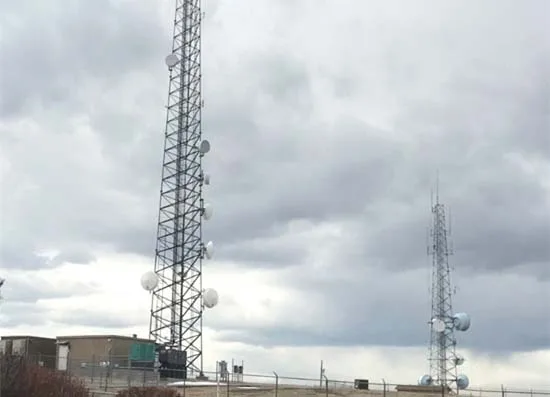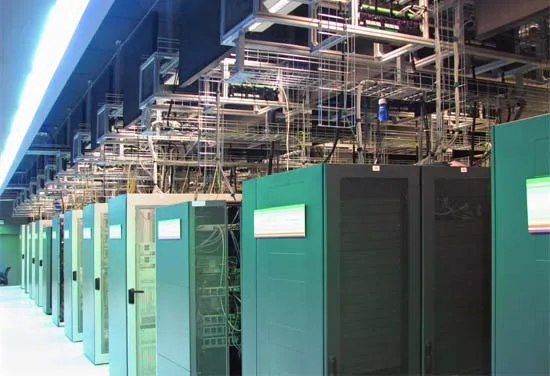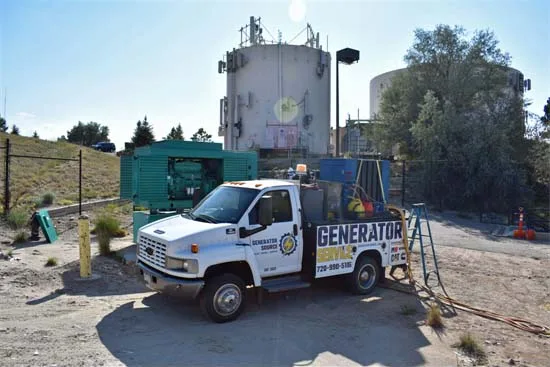
Cellular and Telecommunication Towers
Cell phone towers play a vital role in ensuring that communications are available across wide areas. With the advent of mobile technology, the telecommunications infrastructure has rapidly expanded, providing near-constant coverage almost everywhere, except for remote or mountainous areas. Communication towers rely on various critical components, including:
- Diplexers: Combine the frequencies of two coaxial cables into one to reduce weight and cost.
- Tower Mounted Amplifiers (TMA): Enhance the signal strength and sensitivity of antennas.
- Remote Radio Heads (RRH): Facilitate wireless connections between the radio base station and antennas.
- Microwave Dishes: Provide telephone line interfaces for remote towers lacking landline access.
The towers’ design and location are strategically planned to meet coverage needs, with options including rooftop installations, outdoor antenna systems, and standalone towers, depending on the area.
Emergency Power for Cell Towers
Communication sites depend on an uninterrupted power supply to ensure smooth operation. If power is lost, communications can be disrupted, causing dropped calls and delayed data transmission. To prevent this, cellular towers and communication sites utilize emergency backup generators to maintain operations when utility power is interrupted.
How Emergency Power Works:

- Backup Battery: Initially, if utility power fails, the system switches to backup batteries.
- Automatic Transfer Switch (ATS): Once battery power is depleted, the ATS automatically switches to a generator.
- Generator Power: The generator takes over until utility power is restored.
- Return to Normal Operation: Once the grid is back, the ATS switches off the generator, and the system is powered by the utility supply again.
Importance of Standby Generators:
Generators at cell towers ensure that the site remains operational, preventing disruptions to service. Battery backups alone cannot provide long-term power; hence, emergency generators are needed for sustained backup. These generators need regular maintenance and testing, including load testing to ensure they are capable of handling the necessary power load when required.
Types of Power Systems:
- Battery Backup: Suitable for short-term outages but is limited in runtime.
- Diesel or Natural Gas Generators: Provide long-term backup power, especially in areas with frequent or extended power outages.

Emergency power systems are critical for maintaining communication, especially during power disruptions due to weather, natural disasters, or grid failures. Regular maintenance and proper sizing of generators ensure that cell towers can continue to provide essential services to the public without interruptions.
Conclusion
Cellular and telecommunication towers are vital for ensuring reliable communication. Standby generators play a crucial role in keeping these towers operational during power outages, ensuring that services remain uninterrupted. Regular maintenance, load testing, and timely upgrades are key to ensuring the reliability of these emergency power systems.